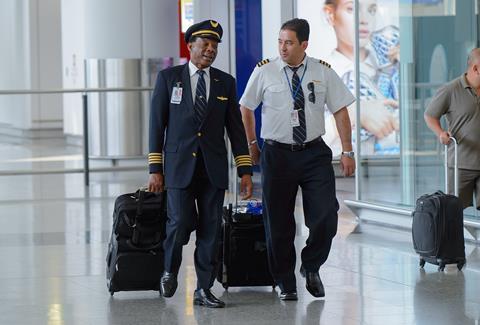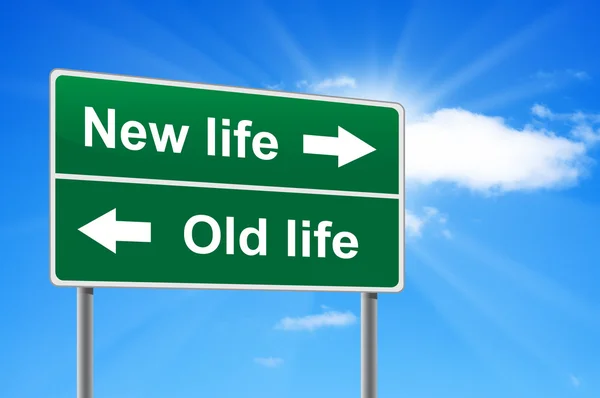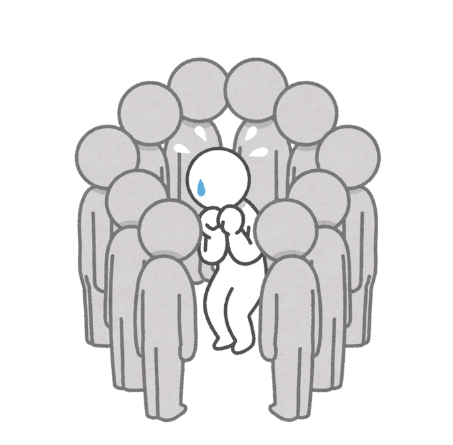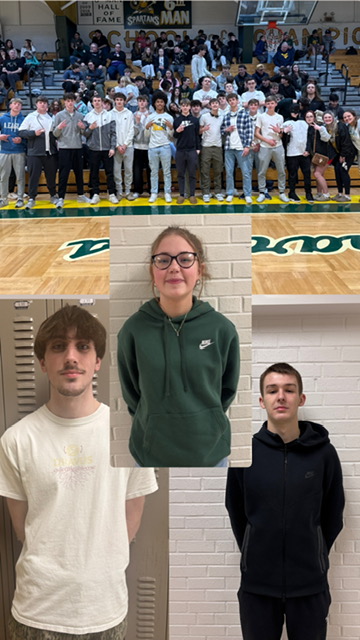
Being a pilot is not a 9-5 job because their schedules are confusing and change constantly.
Pilots employed by all American passenger airlines bid for different trips over a one-month period, then the schedule is made after all bids are in. Trips are awarded to the most senior bidder. For this reason, pilots need to bid for many trips they prefer in case a pilot with higher seniority outbids them. Junior pilots mostly get their third or fourth option, while senior pilots usually get their first or second choice.
Trips differ from departure time, airports flown to, layover time and place, the number of days (usually 3-5), and finally how many hours are offered (pilots get paid by the hour).
A pilot’s time clock starts from when the door closes at the gate to when it opens at the next gate. Usually pilots get 70-80 hours a month and starting pay for major airlines is around $105 an hour. After 5 years it averages $225 an hour and senior captains (12+ years) make $350 to $400 an hour. It usually takes 2-3 years after becoming a certified airline transport pilot to make it to the major airlines (see my story “What It Takes to Become an Airline Pilot” for more information on this process.)
A pilot’s trip lasts between 3 and 5 days, and they fly different routes all day. The airlines arrange hotel accommodations each evening in the city where the pilot ends up. Depending on the trip, they are usually in a different city with new fellow crew members each night. Back home, they usually have another 2-4 days to themselves until the next trip. Usually pilots have 3-4 trips a month and are able to trade them out with other willing pilots.
It is important to mention that pilots must go their entire career without failing the yearly medical exam. Pilots must also go without failing any randomized drug or alcohol test due to all airlines being regulated by a federal association. Finally All pilots in the industry have a mandatory retirement age of 65, set by the Federal Airline Association.












